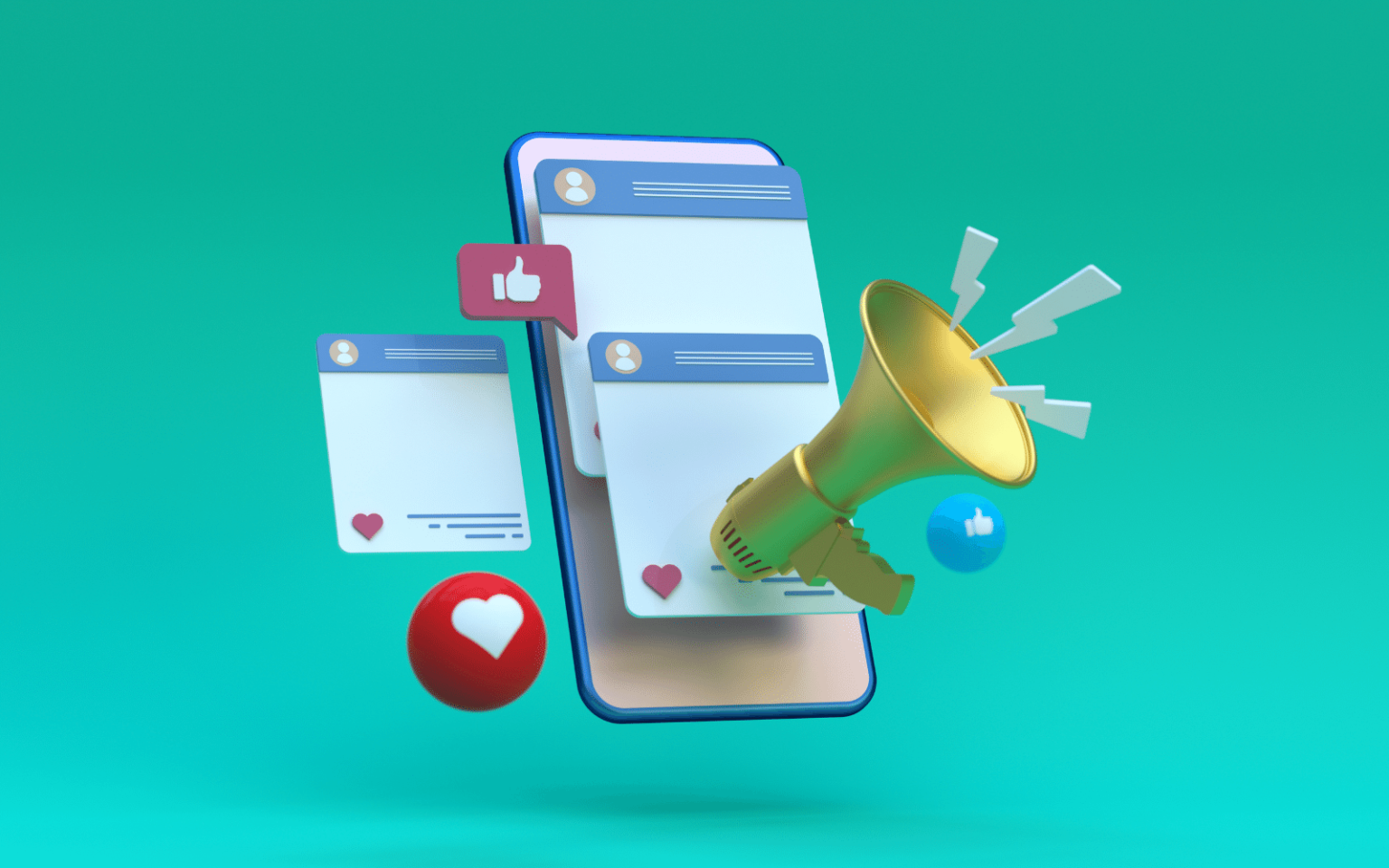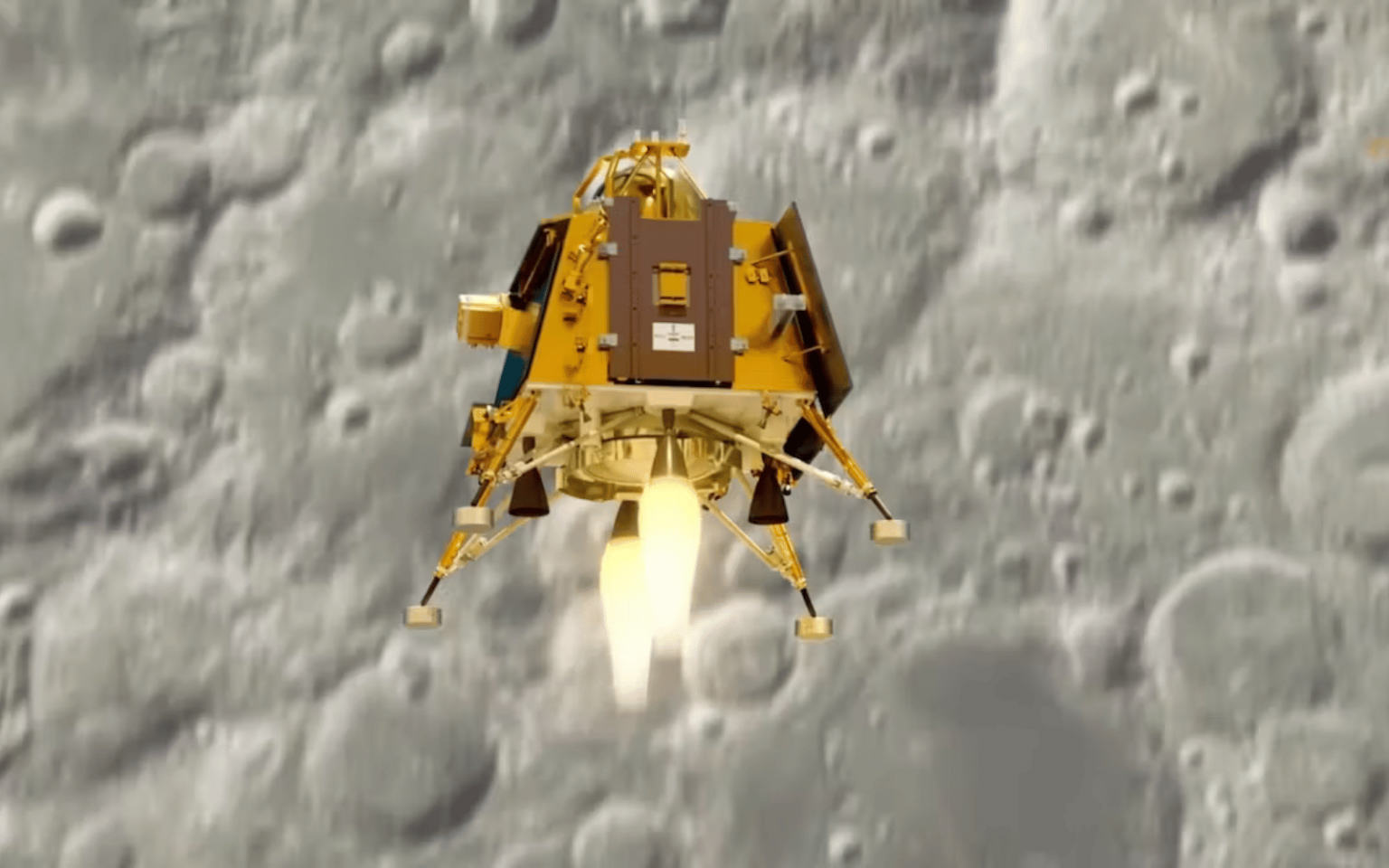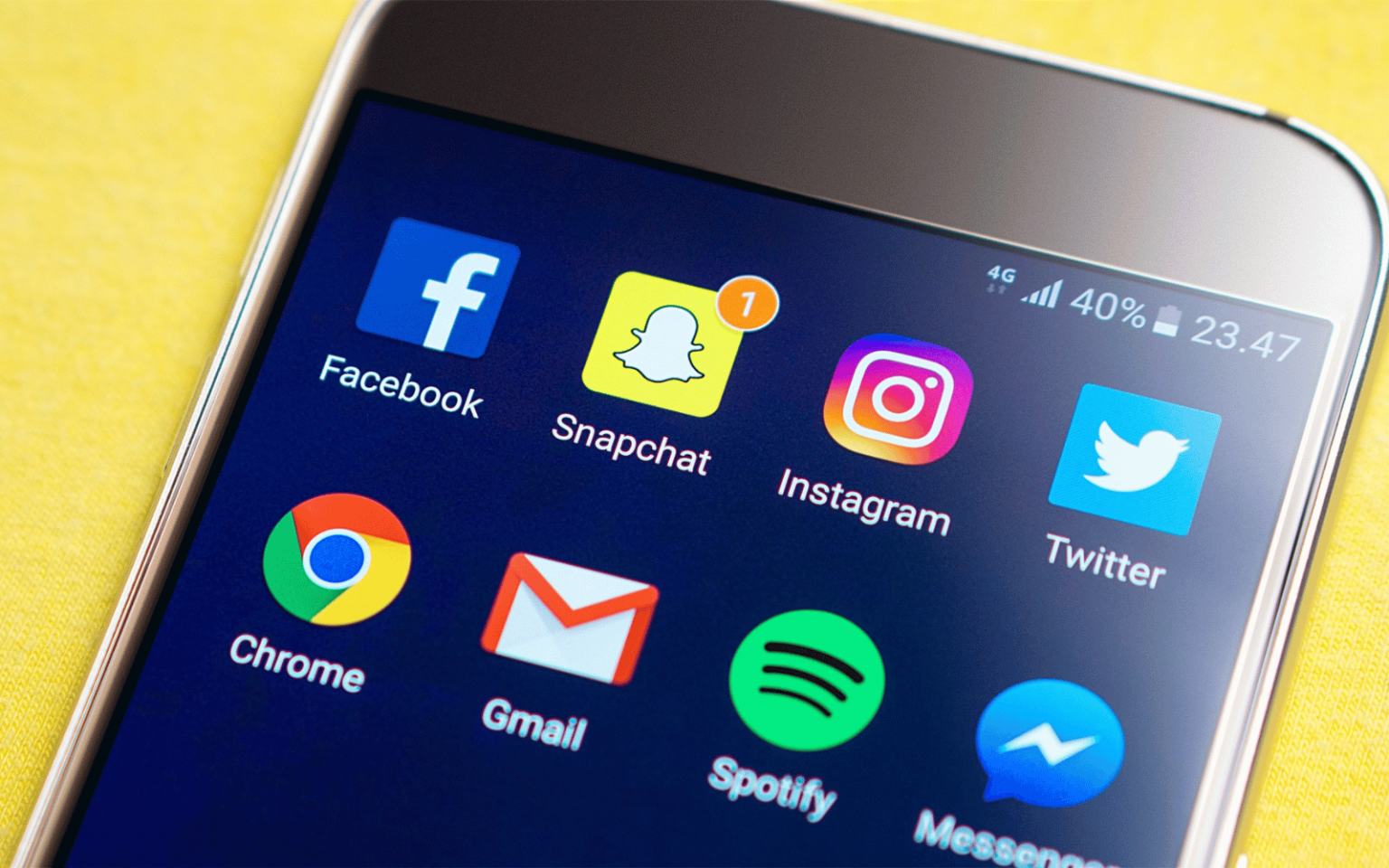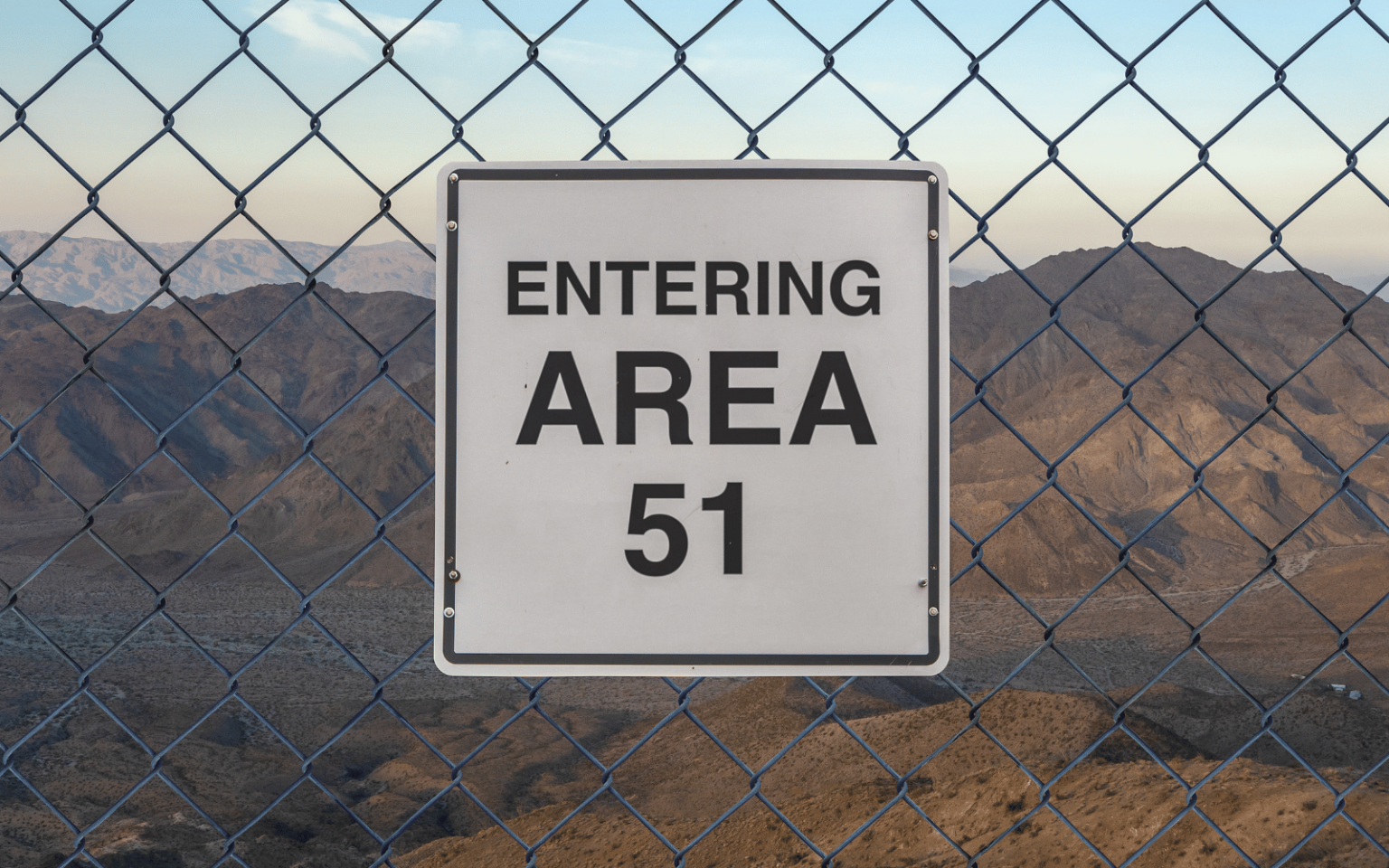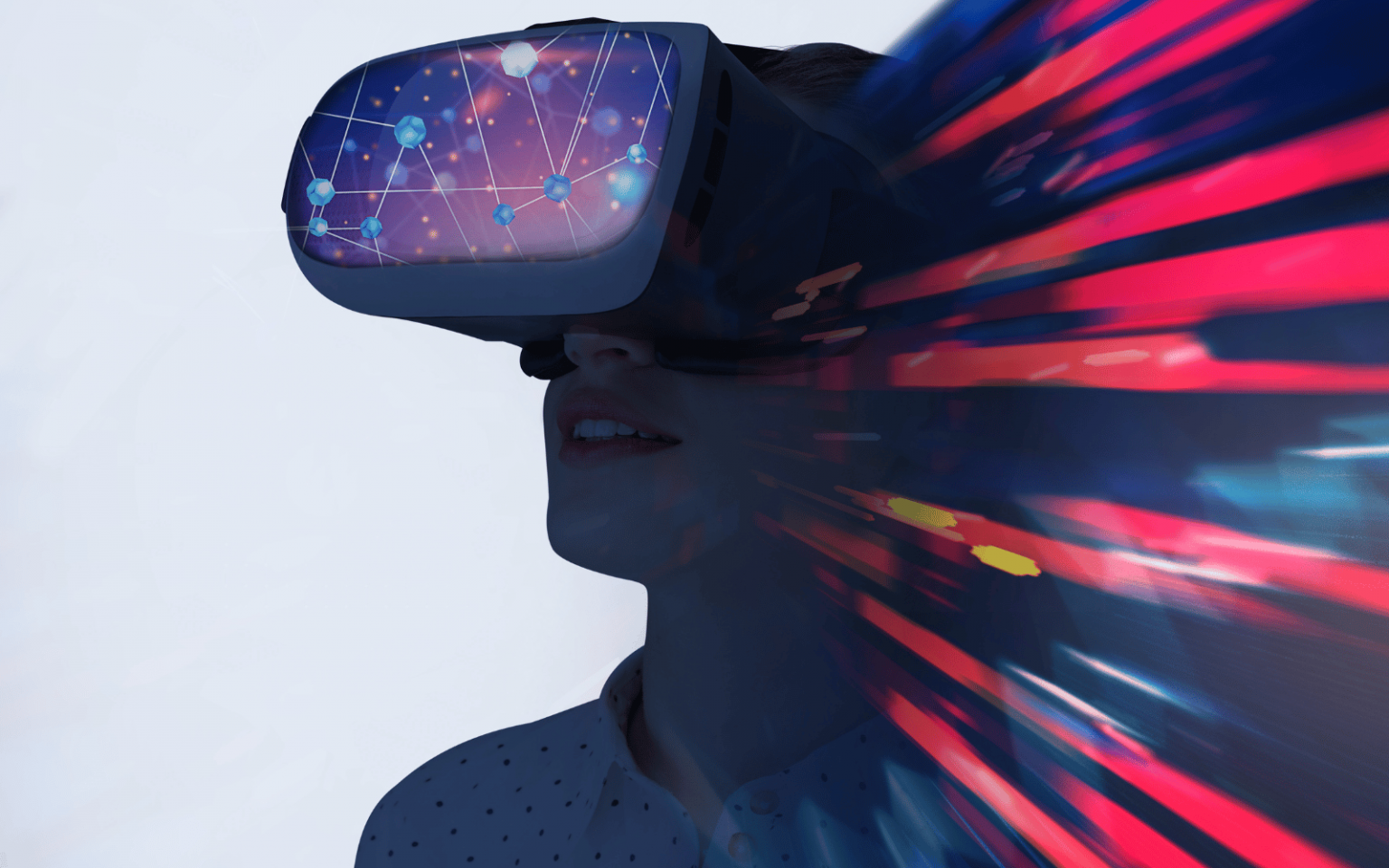People’s daily interactions with online algorithms affect how they learn from others, with negative consequences including social misperceptions, conflict and the spread of misinformation, my colleagues and I have found. People are increasingly interacting with others in social media environments where algorithms control the flow of social information they see. Algorithms determine in part which messages, which people and which ideas social media users see. On social media platforms, algorithms are mainly designed to amplify information that sustains engagement, meaning they keep people clicking on content and coming back to the platforms. I’m a social psychologist, and my colleagues and I have found…
Author: The Conversation
On Saturday, X (formerly Twitter) chairman Elon Musk tweeted he would be removing the microblogging platform’s block function. It would remain intact for direct messages, but would otherwise become obsolete. Block is going to be deleted as a “feature”, except for DMs — Elon Musk (@elonmusk) August 18, 2023 This is the latest in a series of controversial and often confusing moves from Musk since he took ownership of the platform in October 2022. Why does Musk want to block the block function? And what might the consequences be for users, and indeed the future of the platform? Why does…
On Wednesday August 23, the Indian Space Research Organisation (ISRO) mission Chandrayaan-3 will deploy its lander and rover to the surface of the Moon. As the name suggests, this is the third mission in a programme of Indian lunar exploration. Various problems affected the previous two Chandrayaan satellites, so officials at the Indian space agency will be hoping for a fully successful mission this time. So what will Chandrayaan-3 do? We already have some nice images of the lunar surface taken by the lander module camera, which shows the successful separation from its propulsion module – the part that stays in lunar orbit.…
Artificial intelligence-powered (AI) chatbots are becoming increasingly human-like by design, to the point that some among us may struggle to distinguish between human and machine. This week, Snapchat’s My AI chatbot glitched and posted a story of what looked like a wall and ceiling, before it stopped responding to users. Naturally, the internet began to question whether the ChatGPT-powered chatbot had gained sentience. Did Snapchat Ai just add a picture of my wall/ceiling to their Snapchat story? Snapchat AI – Left My wall/ceiling- Right pic.twitter.com/bh8I3Aiwun — Matt Esparza (@matthewesp) August 16, 2023 A crash course in AI literacy could have quelled this…
The idea of space-based solar power (SBSP) – using satellites to collect energy from the sun and “beam” it to collection points on Earth – has been around since at least the late 1960s. Despite its huge potential, the concept has not gained sufficient traction due to cost and technological hurdles. Can some of these problems now be solved? If so, SBSP could become a vital part of the world’s transition away from fossil fuels to green energy. We already harvest energy from the sun. It’s collected directly through what we generally call solar power. This comprises different technologies such…
ChatGPT has been touted as a tool that is going to revolutionise the workplace and home. AI systems like it have the potential to enhance productivity but could also displace jobs. The ChatGPT website received 1.5 billion visits last month. Though no comprehensive statistics exist, these users are likely to be relatively educated, with access to smartphones or computers. So, can the AI chatbot also benefit people who don’t have all these advantages? We are associated with Friend in Need India Trust (FIN), a non-governmental organisation (NGO) based in an isolated fishing village named Kameswaram in Tamil Nadu state. FIN wages a daily battle against women’s…
As reported on Aug. 6, Zoom recently attempted to rewrite its Terms of Service with ambiguous language that would permit the extraction of user data for the purpose of training AI. However, after public pushback, Zoom began to rectify that clause the very next day, fully committing to a “no AI training” set of policies by Aug. 11. Even though Zoom pedalled back this time, their drive to gather data highlights the possibility of future hidden data extraction by them and other big tech companies. More specifically, as a researcher working with and looking at Indigenous communities and their data, I am concerned…
One of the reasons people can never be entirely sure about what is going on at Area 51 is that it is a highly classified secret military facility. It was not until 2013 that the U.S. government even acknowledged the existence and name “Area 51.” This information came out as part of a broader set of documents released through a Freedom of Information Act request, which is something regular citizens and groups can do to ask the U.S. government to provide details about government activities. In this case, the request made public formerly classified CIA information regarding the historical development and testing…
The big idea Some employers are excited about swapping out computer monitors for virtual reality headsets, but the side effects of using VR are not completely understood. In a recent study, my colleagues and I propose 90 factors that could influence VR side effects in the workplace. In another study, we suggest guidelines to reduce these negative symptoms. Our analysis considers over 350 studies to identify a range of VR side effects. Some negative symptoms of VR use – like headaches, tiredness, eyestrain and neck and shoulder pain –are familiar to those workers who sit at a computer all day. But the nature of…
Montréal’s public art program attracts people to specific locations throughout the city, encouraging visitors to linger. This helps stimulate the economy, as people often also visit nearby retailers. Interactive artworks in Montréal’s public spaces range from audiovisual sound sculptures and light installations to engaging and playful experiences. But while these installations are entertaining, there is often a certain uniformity across these different works. The rise of social media has encouraged people to look for Instagrammable experiences and TikTok-worthy content. As a result, many public art installations in Montréal have been designed with social media visuals in mind. Artificial creativity Artificial intelligence (AI) is increasingly incorporated into every aspect of our lives, including…


